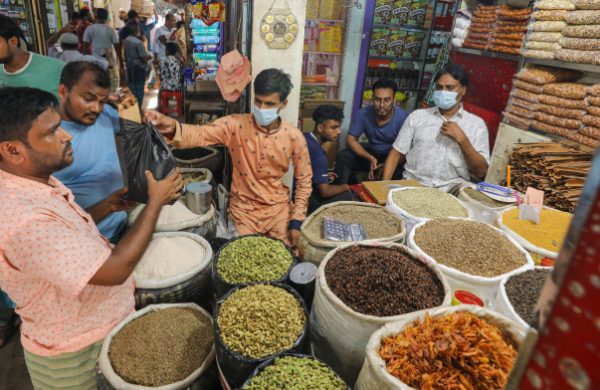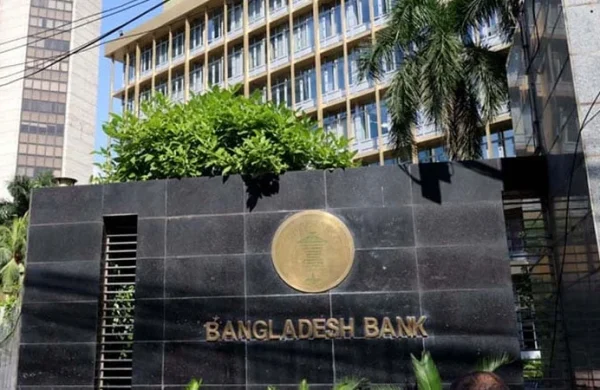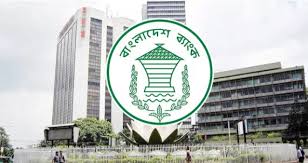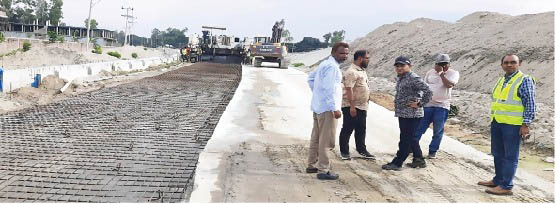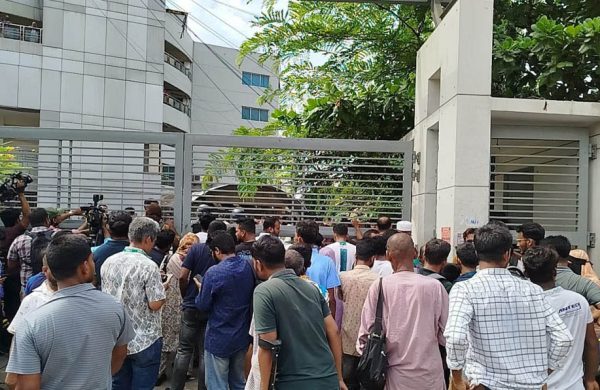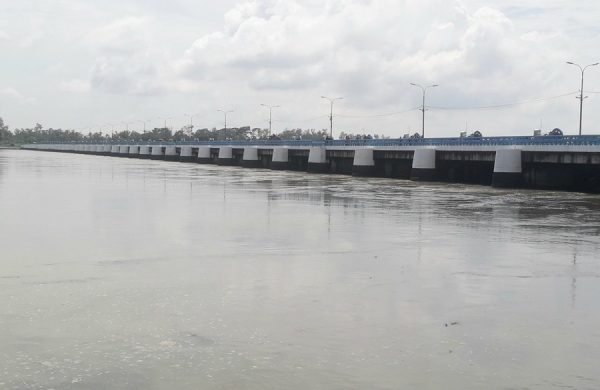Vegetable prices soar in Ctg; green chilli now Tk 550-700 per kg
- Update Time : Sunday, August 25, 2024

TDS Desk:
Prices of vegetables in Chattogram city’s kitchen markets have surged in the last few days, driven by the flooding on highways and the suspension of transport services.
Green chilli is currently being sold at Tk 550 to Tk 700 per kg, tomatoes at Tk 590 per kg, and other vegetables ranging from Tk 90 to Tk 520 per kg at the retail level in Chattogram.
This correspondent visited several kitchen markets, including those in the 2 No. Gate, Kazir Dewri, and Karnaphuli Complex areas, and observed similar pricing trends across all locations.
At the city’s prime wholesale market in Riazuddin Bazar, most stalls were found empty. Several vegetable vendors attributed the price hikes to the floods and the resulting transportation crisis, which have significantly reduced supply.
The ongoing flood situation and subsequent supply shortages have severely impacted retail kitchen markets in the city. Retail traders said vegetable prices have increased by at least 70 to 100 percent in the last three days.
In retail markets, bottle gourd, pumpkin, and sweet gourd are being sold at Tk 90 per kg, brinjal at Tk 140, beans at Tk 250, cauliflower at Tk 580, pointed gourd at Tk 140, snake gourd at Tk 120, bitter gourd at Tk 150, ladyfingers at Tk 100, and cucumbers at Tk 110 per kg.
Abul Hashem, a vegetable trader at Kazir Dewri retail market, said, “The prices of various vegetables have experienced a significant increase over the past few days. Last Friday, I sold gourd at Tk 50 per kg, whereas the current price ranges from Tk 90 to Tk 100. Additionally, the price of green chilli, which was Tk 250 per kg on Friday, has surged to Tk 590.
“Prices of all types of vegetables have increased due to low supply in the market,” he added.
Nurul Alam, a wholesale trader and owner of Shah Amanat Trading at Riazuddin Bazar, explained that a significant portion of the vegetables supplied to Chattogram city originates from markets in Sitakunda, Mirsarai, Feni, Noakhali, and Cumilla regions. Recent flooding has severely impacted crop yields in these areas, leading to a reduction in vegetable supply by approximately 60-70 percent.


